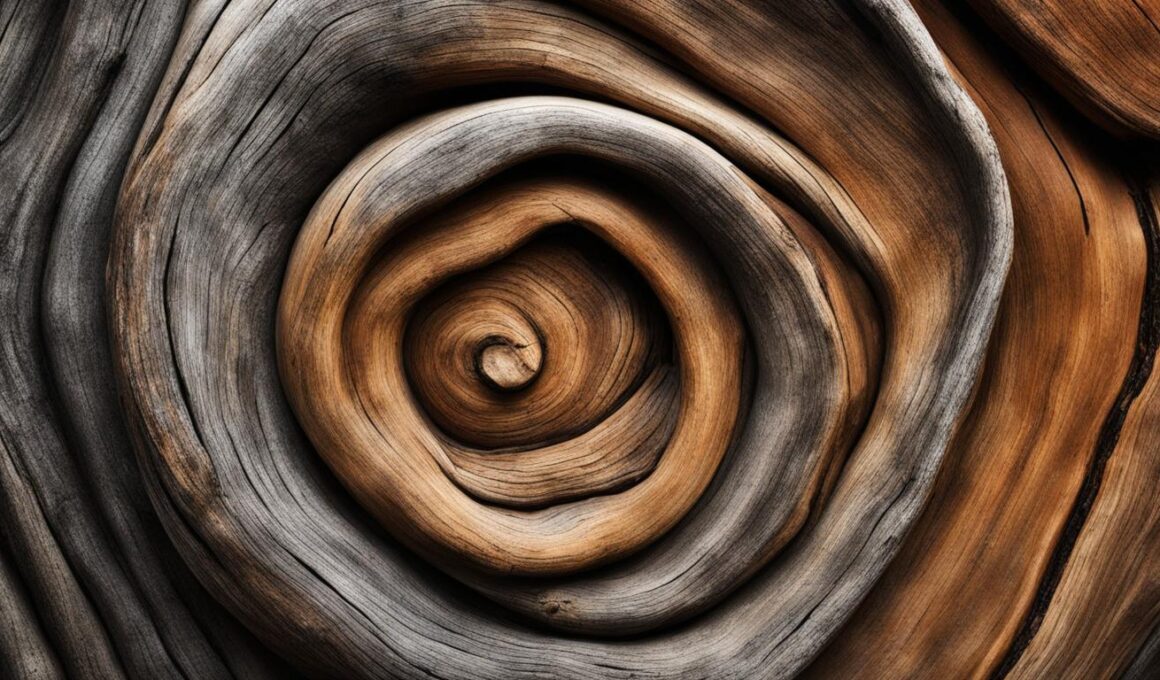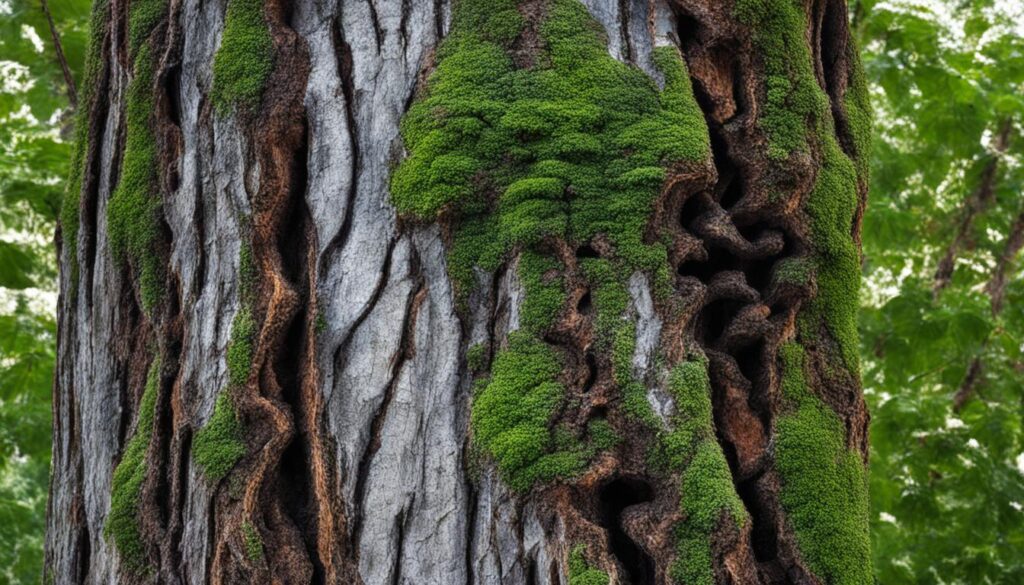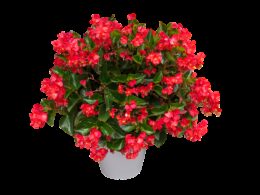If you’ve ever taken a closer look at a tree trunk, you may have noticed circular, darker areas known as knots. These knots are visible imperfections in the wood that add character and charm to the tree’s appearance.
But have you ever wondered how these knots form and what they signify? In this article, we will explore the formation of knots on tree trunks, their significance, and the effects they have on the health of the tree and the properties of wood.
Knots on a tree trunk are formed when dead branches are engulfed by the expanding, newly produced wood in the trunk. As the tree grows, lower branches die off, and their bases become enclosed by subsequent layers of trunk wood. This process creates the tough wood that forms the hard bulge we see as a knot on the tree trunk.
Knots can be found in various tree species, including redwoods, cypresses, and pine trees. Pine trees, in particular, have knots that are more securely connected to the surrounding tissue, resulting in what is known as knotty-pine wood paneling.
Not all knots stay intact on the tree trunk, though. Some knots are weakly attached and may fall out, creating what is known as knotholes. These knotholes can add further intrigue to the tree’s appearance.
Burls, which are also known as knots, can form on the outside of trees as a reaction to stress or injuries. They can protect the tree from further harm and even sprout new trees in the case of redwoods. Wood from burls is highly valued by woodworkers for its intricate design and unique characteristics.
While knots can affect the technical properties of wood by reducing local strength, they also enhance the aesthetic appeal of wooden furniture. Wood with knots or burls is often sought after for its visual interest and distinctive patterns.
In the following sections, we will delve deeper into the formation and role of knots on tree trunks, as well as the significance and effects they have on trees and wood.
Formation and Role of Knots on Tree Trunks
Knots on tree trunks are a natural result of the tree’s growth process. As the tree continues to grow, lower branches die off, and their bases become enclosed by subsequent layers of trunk wood. This encasement leads to the formation of knots around the base of the branches, which consist of tough wood forming a hard bulge around the branch emerging from its center. Dead branches may not be attached to the trunk wood, except at the base, resulting in the formation of knots.
Aside from the natural growth process, knots can also form due to injuries to the tree or fungal infections. Despite potentially affecting the local strength of wood, knots play a significant role in the overall health of the tree. In some cases, trees such as redwoods can even form burls as a last-ditch effort to save their lives, and burls can sprout new trees.
While knots may reduce the local strength of the wood, they can also add to the aesthetic appeal of wooden furniture. Woodworkers highly value the intricate patterns found in knots and burls, as these unique features can bring character and visual interest to finished products. Thus, knots serve a dual role, affecting the technical properties of wood while enhancing its visual allure.
Significance and Effects of Knots on Trees
Knots on trees serve as indicators of past injuries or stress that the tree has experienced. These imperfections in the wood can result from dead branches or the tree’s response to external factors such as fungal infections or physical damages. However, knots can play a crucial role in protecting the tree from further harm or infection.
While knots may reduce the local strength of the surrounding wood, they do not necessarily affect the stiffness of the structural timber. Despite their potential impact on wood properties, knots are highly valued for their aesthetic appeal. Woodworkers and enthusiasts appreciate the intricate design and unique patterns that knots add to wooden furniture and planks.
The visual interest and character that knots bring to wooden planks and furniture make them a sought-after feature in the world of woodworking. Wood from knots, especially burls, is considered highly prized due to its captivating, natural patterns. These knots enhance the overall appeal and charm of the finished product, adding a touch of natural beauty to any wooden creation.
Are Knots on a Tree Trunk Similar to Termite Holes and Require the Same Solutions?
Yes, the appearance of termite holes in a tree can be similar to knots on a tree trunk. However, termite holes in trees are a sign of infestation and require prompt professional attention to prevent further damage. It’s important to address the issue promptly to protect the tree and surrounding plants.








